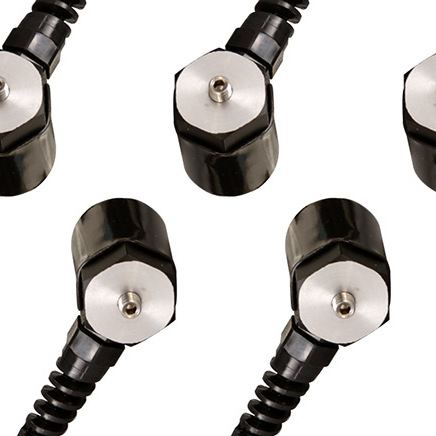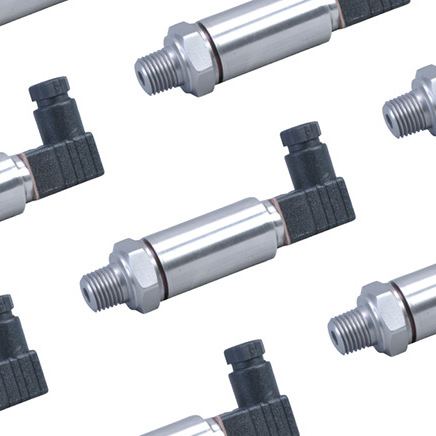Pressure Transducer Failure
Pressure transducers are precise instruments, and like all instruments, they are prone to failure. Figuring out whether the transducer is working properly or not is quite complex. This is because, in most instances, you will not be able to see or understand pressure buildup in a container without the help of specialized equipment. The best method to see if a transducer is working or not is to troubleshoot it with a voltmeter.
Connect the transducer to the voltmeter, and excite the transducer with the proper excitation voltage. Now measure the voltage output of the transducer at zero load. Record the voltage and compare it to the no-load voltage specification mentioned in the manufacturer’s datasheet.
If the measured value does not correlate, the pressure transducer is not working correctly.
How to Test a Pressure Transducer?
Testing pressure transducer before installation is important. It allows you to determine any faults in the system. If you install a faulty pressure transducer, you are likely to get false pressure data, which can lead to undesirable results. Testing pressure transducers at certain intervals is also a good practice to ensure that it is working well and within the right specifications.
Follow the steps mentioned below to test a pressure transducer.
2-Wire Current Pressure Transducer
- Connect the +ve terminal of the transducer to the +ve terminal of the power supply
- Connect the -ve terminal of the transducer to the +ve lead on the multimeter
- Connect –ve lead of the multimeter to the –ve terminal on the power supply
Under no-load conditions, the pressure transducer must produce a current ranging from 4 to 20mA. The exact values corresponding to different pressure readings are usually specified in the manufacturer’s datasheet. Refer to the datasheet and verify if the transducer is working within specs.
3-Wire Voltage Pressure Transducer
- Connect +excitation terminal on the transducer to the +ve terminal of the power supply
- Connect common terminal of the transducer to the -ve terminal of the power supply
- Connect +ve leads of the multimeter to the +ve out terminal of the transducer
- Connect -ve lead of multimeter to the common terminal
Under no load, the transducer must produce a voltage that corresponds to the manufacturer's datasheet. If the values are identical, then the pressure transduce is working perfectly, if the values aren’t similar, then there is likely an issue with your pressure transducer.
4-Wire Voltage Pressure Transducer
- Connect +24 VDC to the transducer’s +excitation
- Connect -24 VDC to the transducer’s -excitation
- Connect +ve lead of the voltmeter to the +ve lead of transducer
- Connect –ve lead of the voltmeter to the –ve lead of transducer
In no-load condition, the transducer must output a voltage equal to the no-load voltage specified in the datasheet.
How to Test a 4-20 mA Pressure Transducer?
Follow the steps mentioned below to test a 4-20 mA pressure transducer (2-wire)
- Connect the positive terminal of the transducer to the positive terminal of the power supply
- Connect the negative terminal of the transducer to the positive lead on the multimeter
- Connect the negative lead of the multimeter to the negative terminal on the power supply
Under no-load conditions, the transducer must produce a current ranging from 4 to 20mA. The exact values corresponding to different pressure readings will be specified in the manufacturer’s datasheet. You must refer to the datasheet to verify if the transducer is working as per the specifications.
Measuring a 4-20 mA Input
Learn how to convert 4-20mA signals to voltage using a 250 ohm or 500 ohm resistor.

